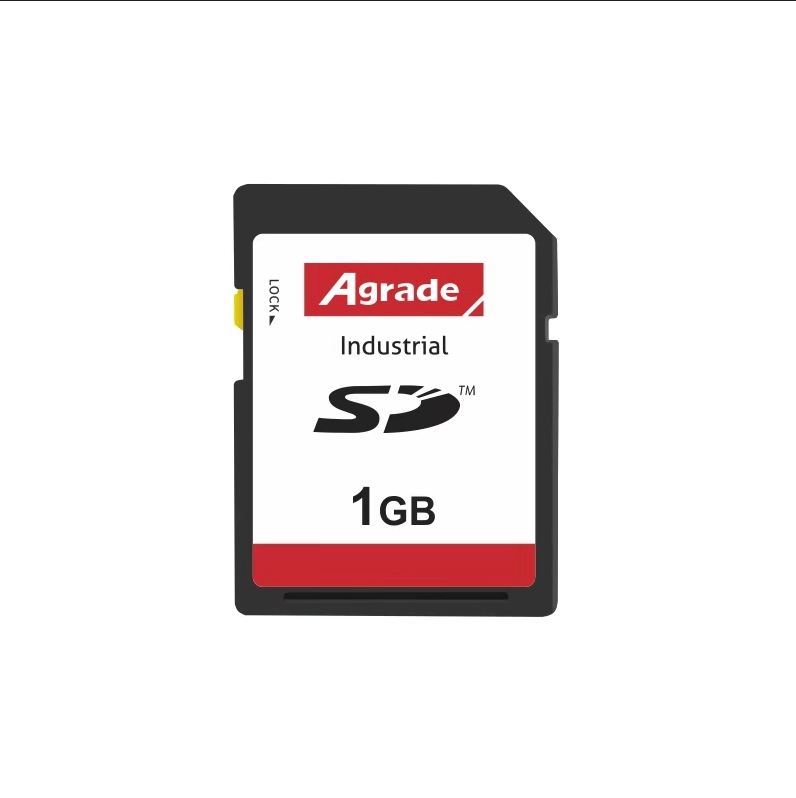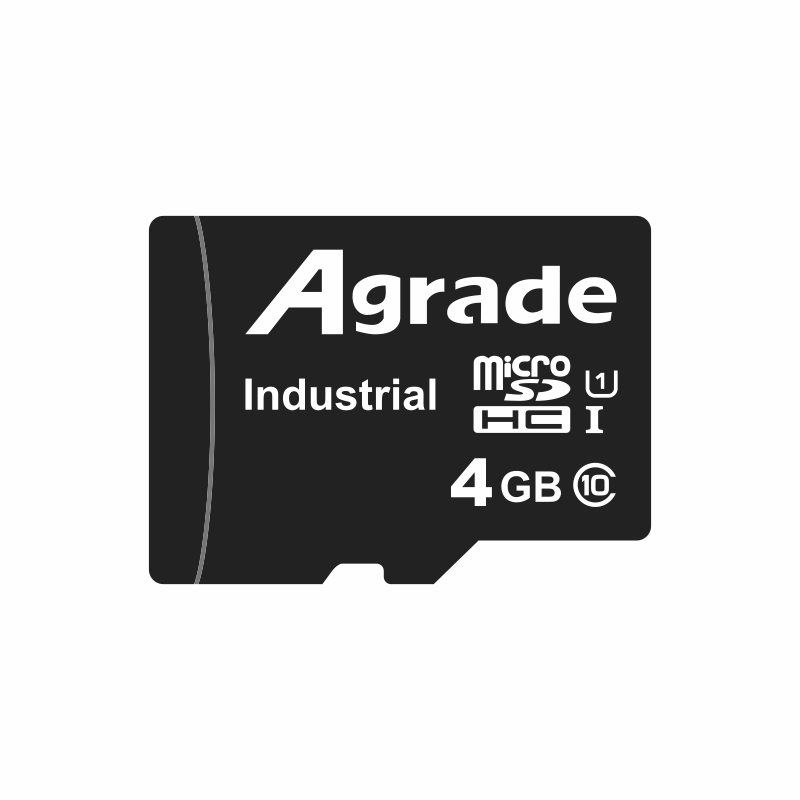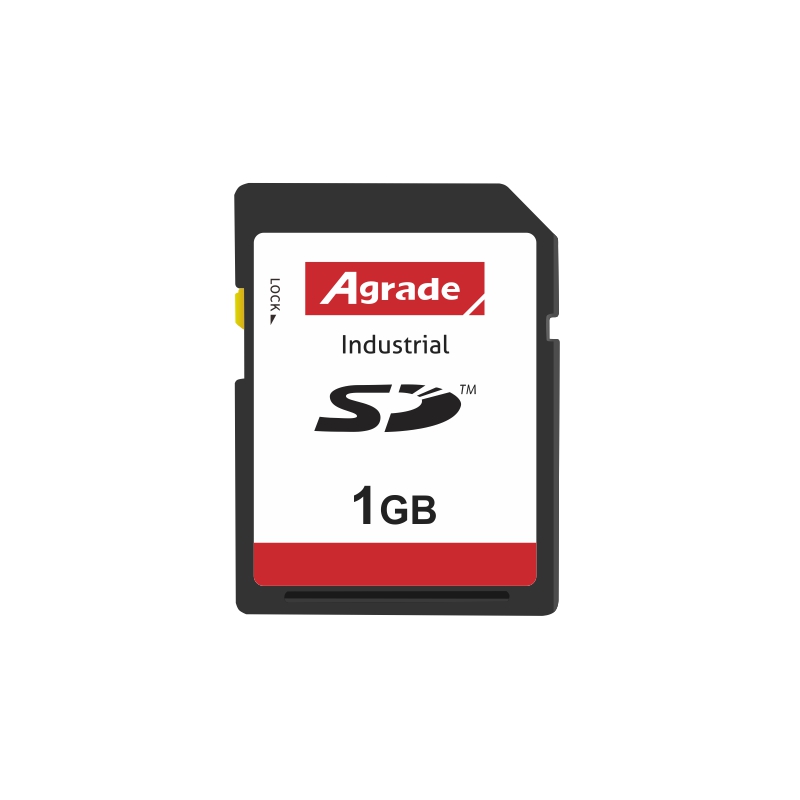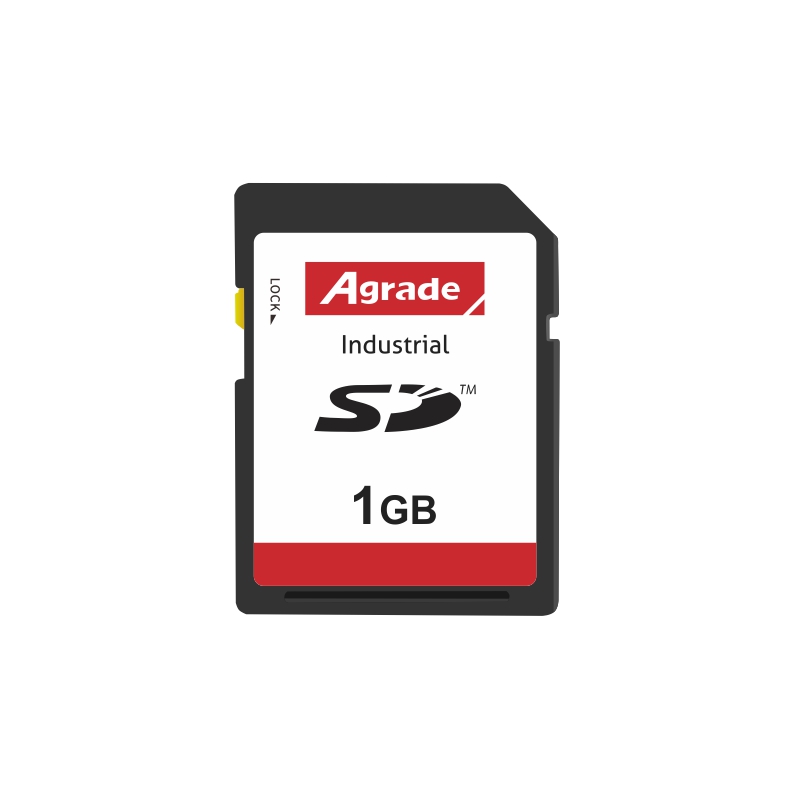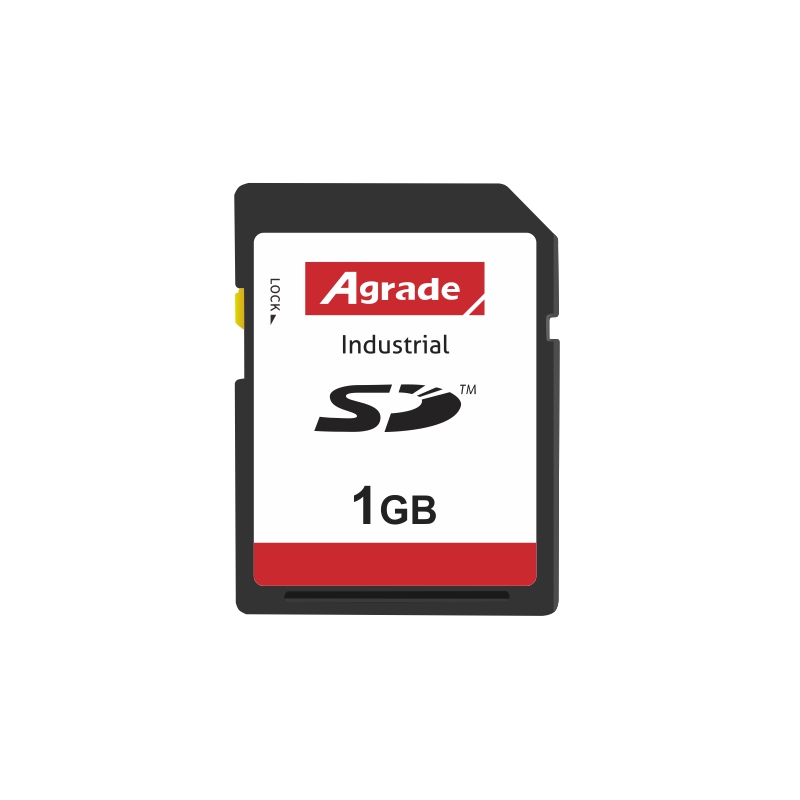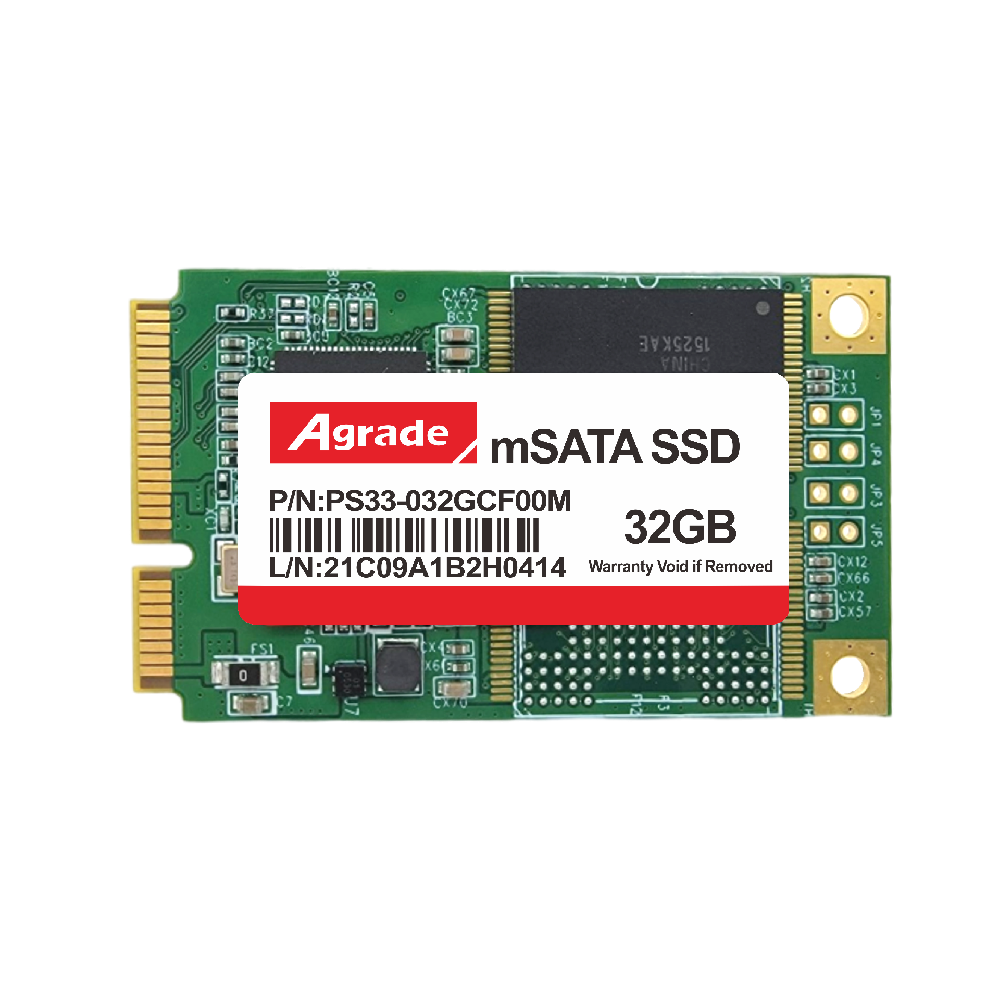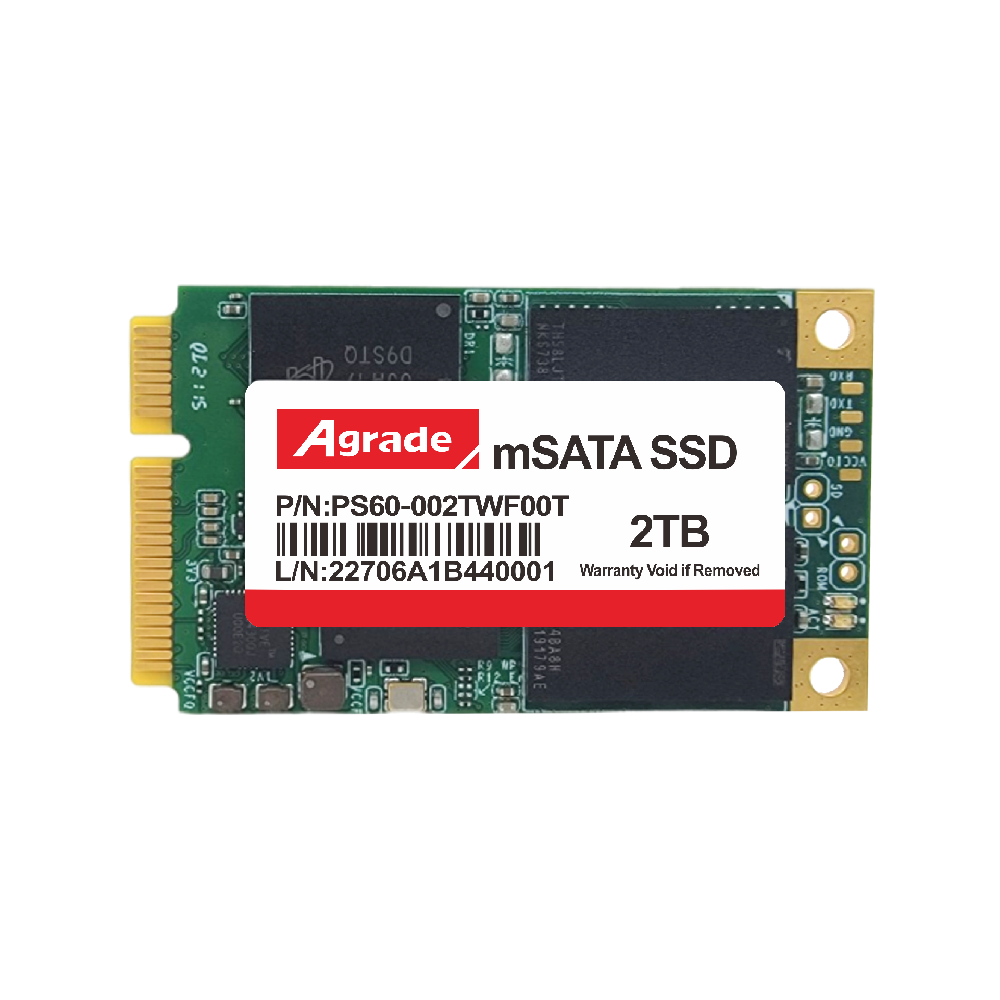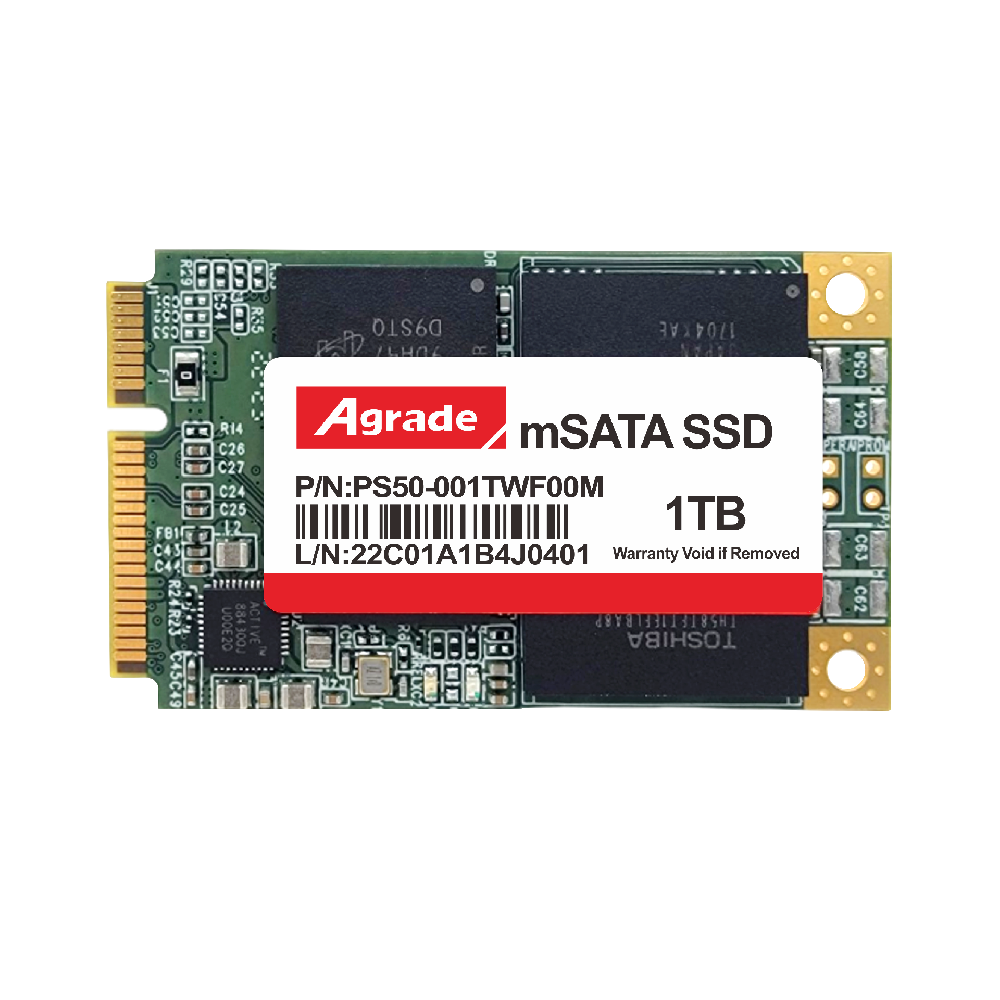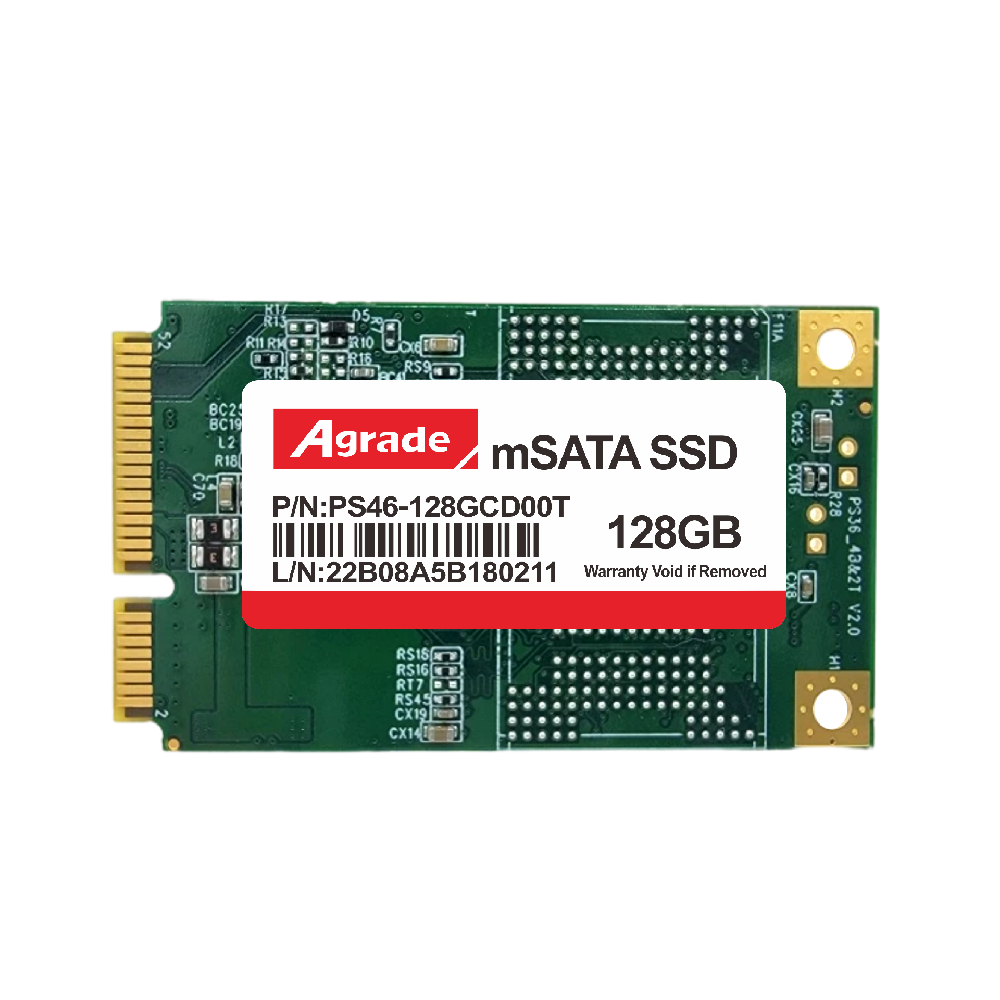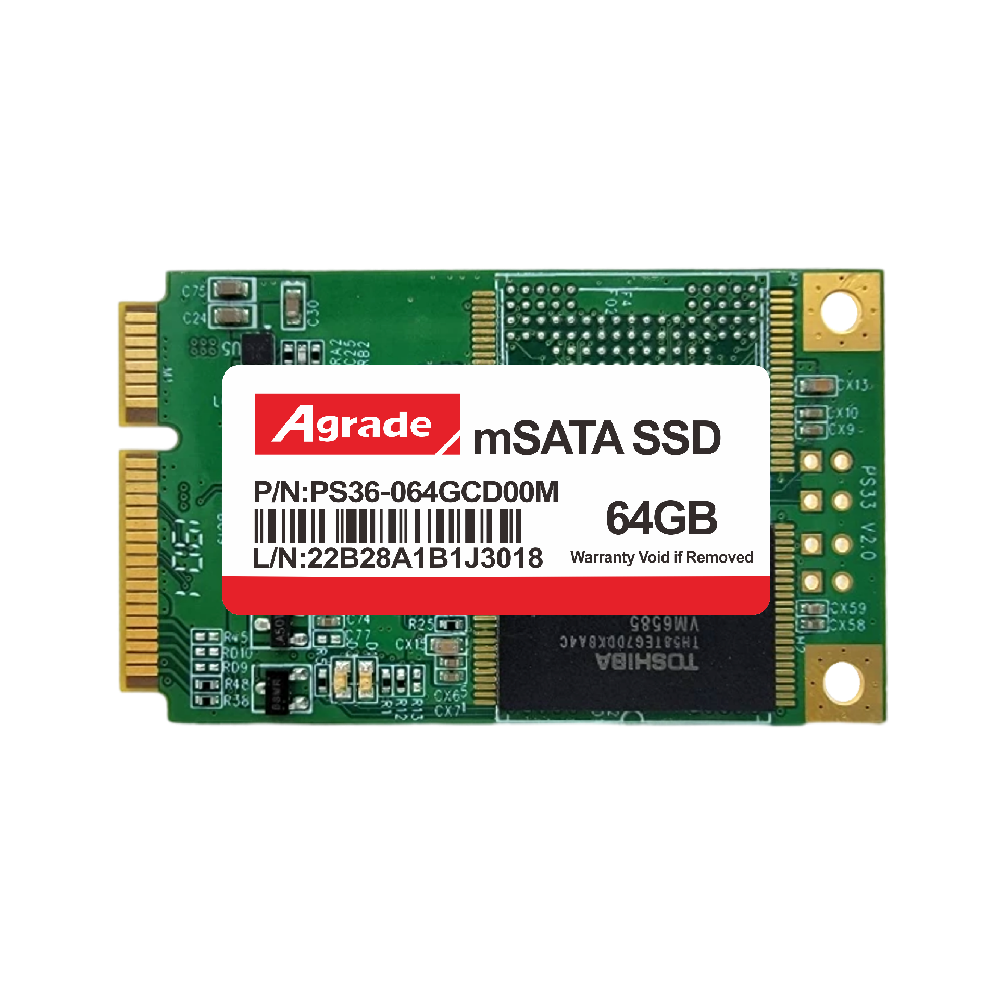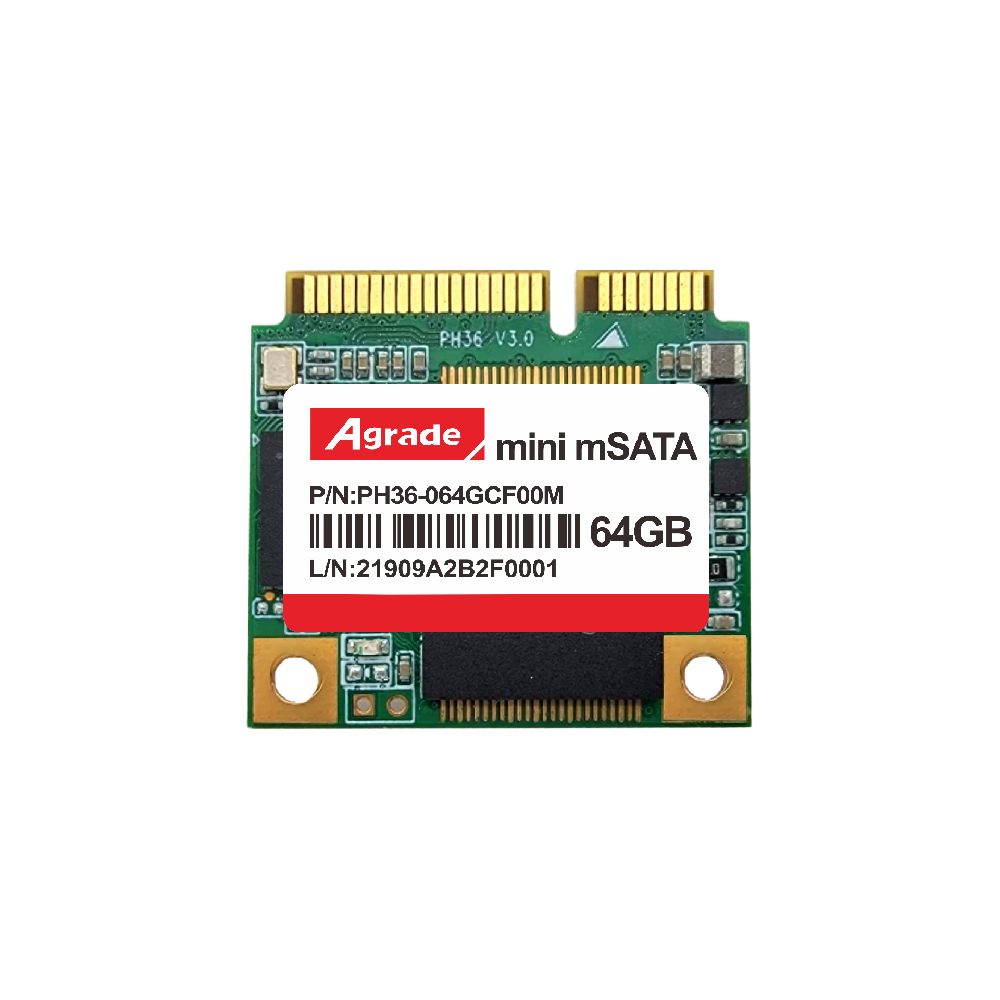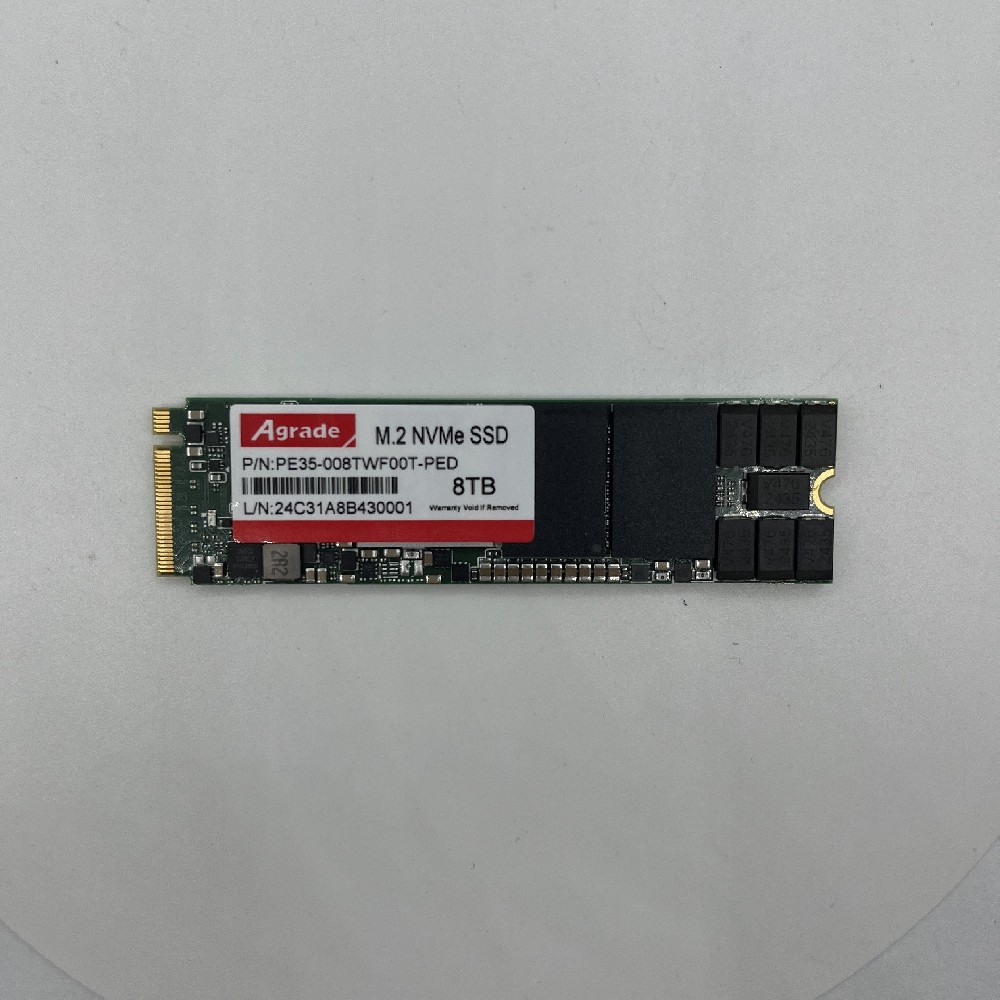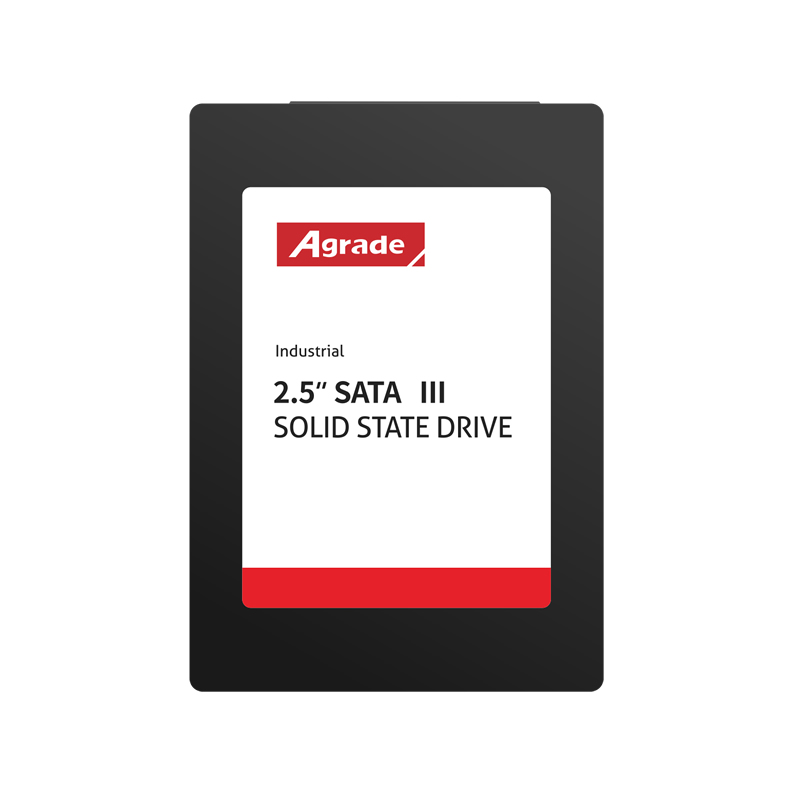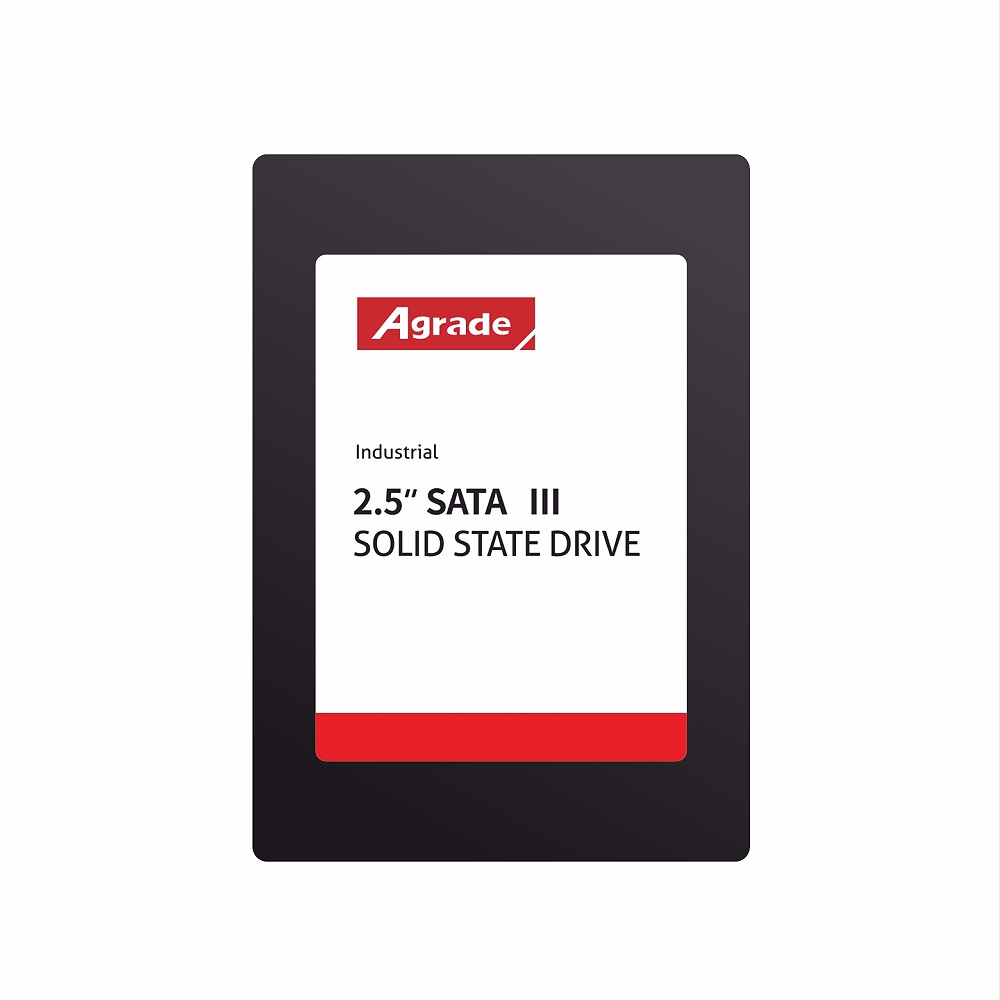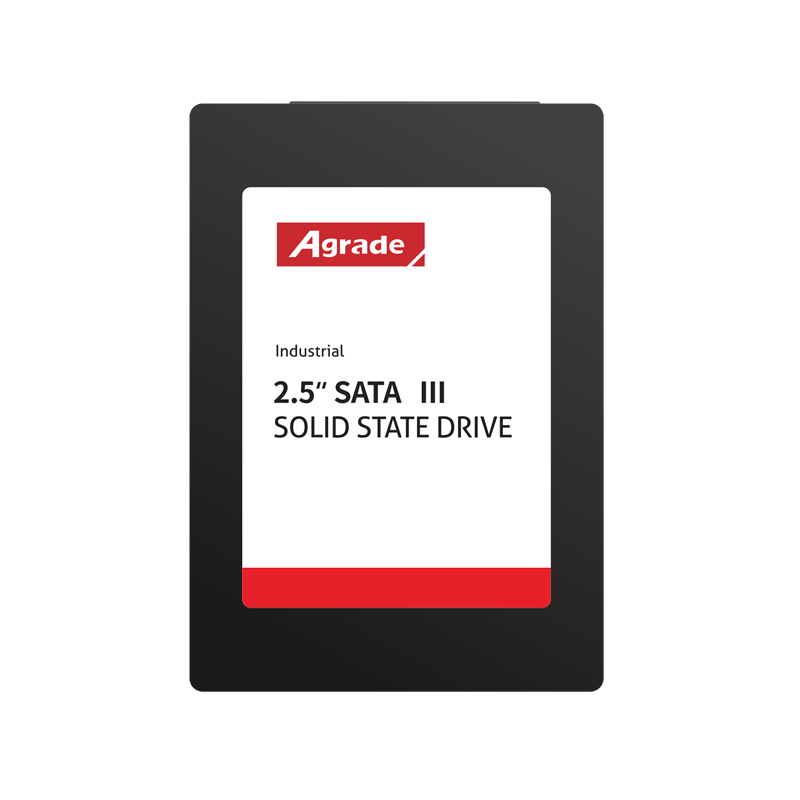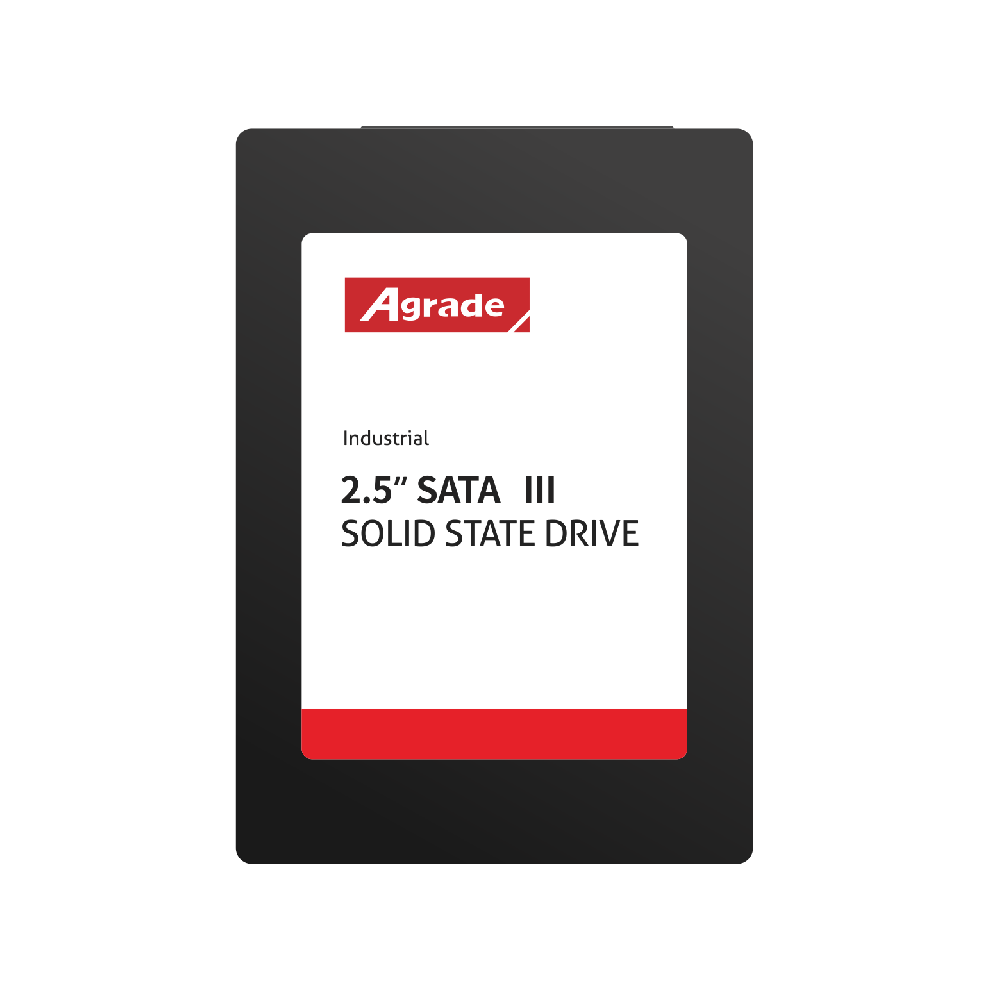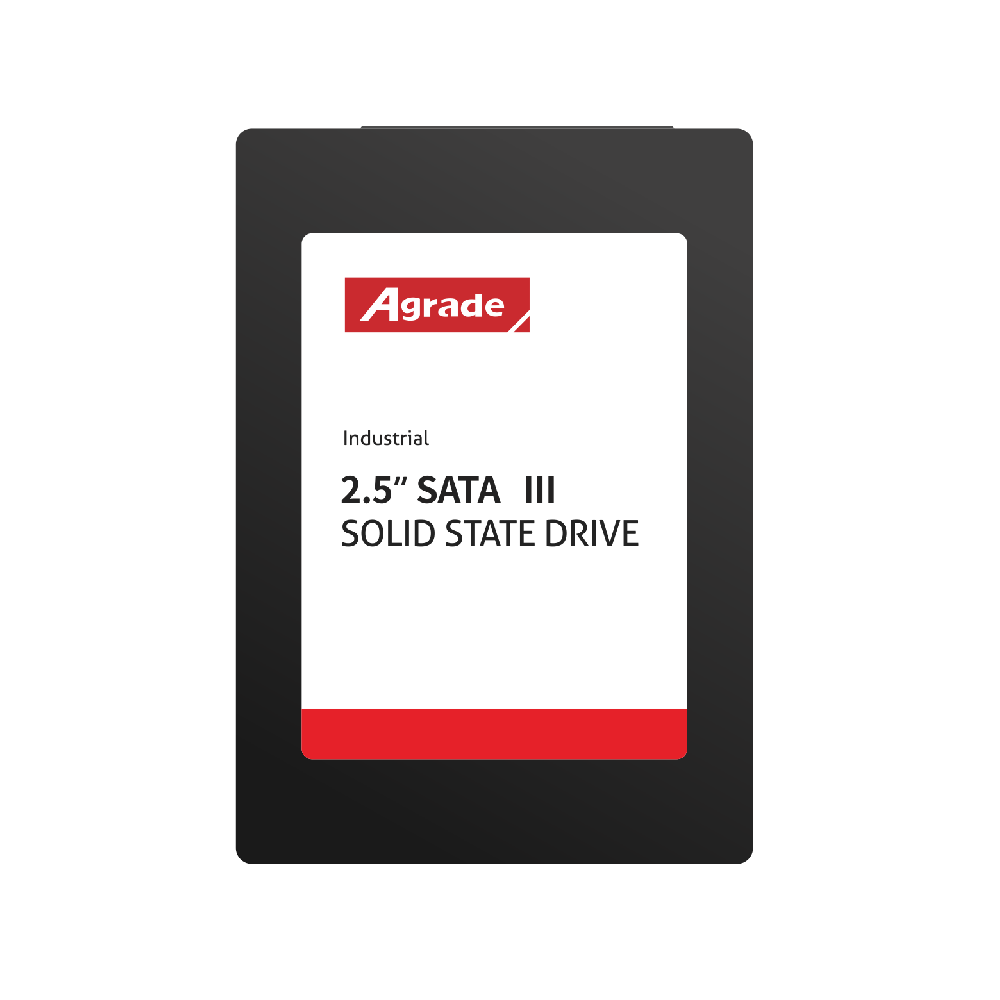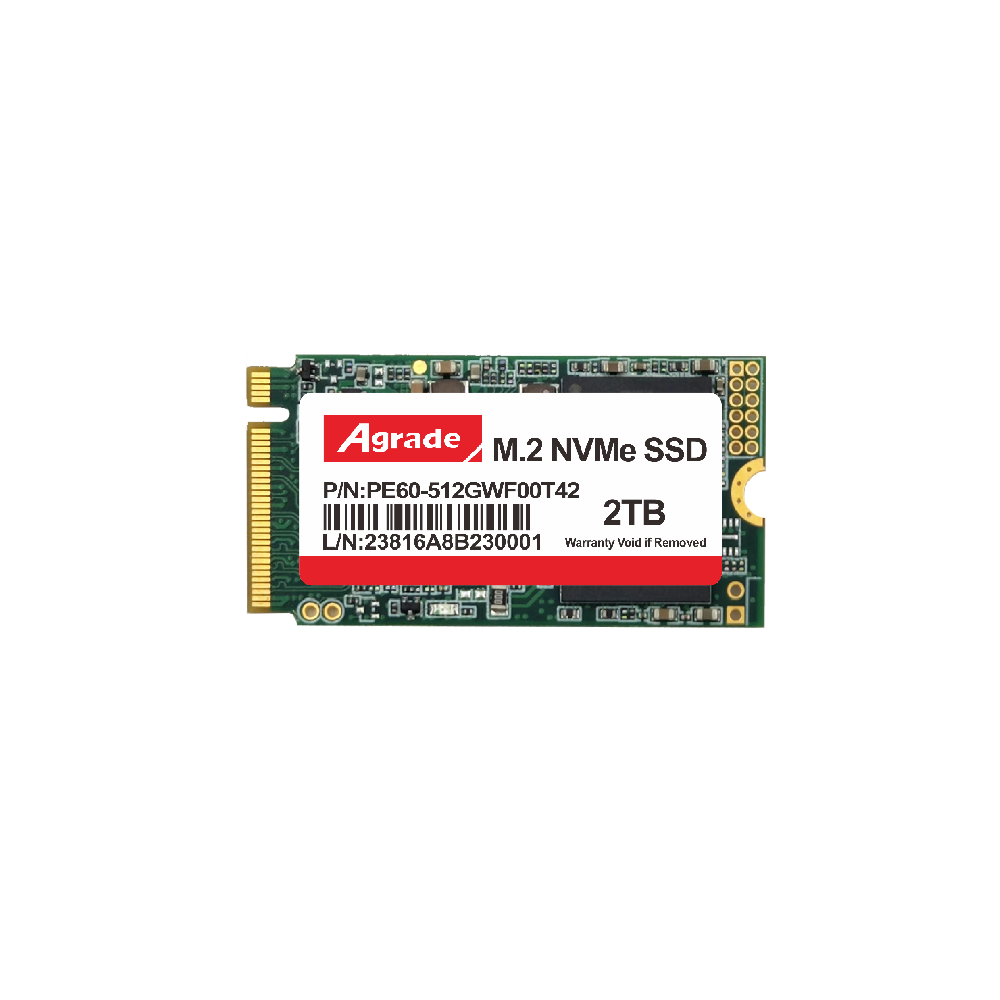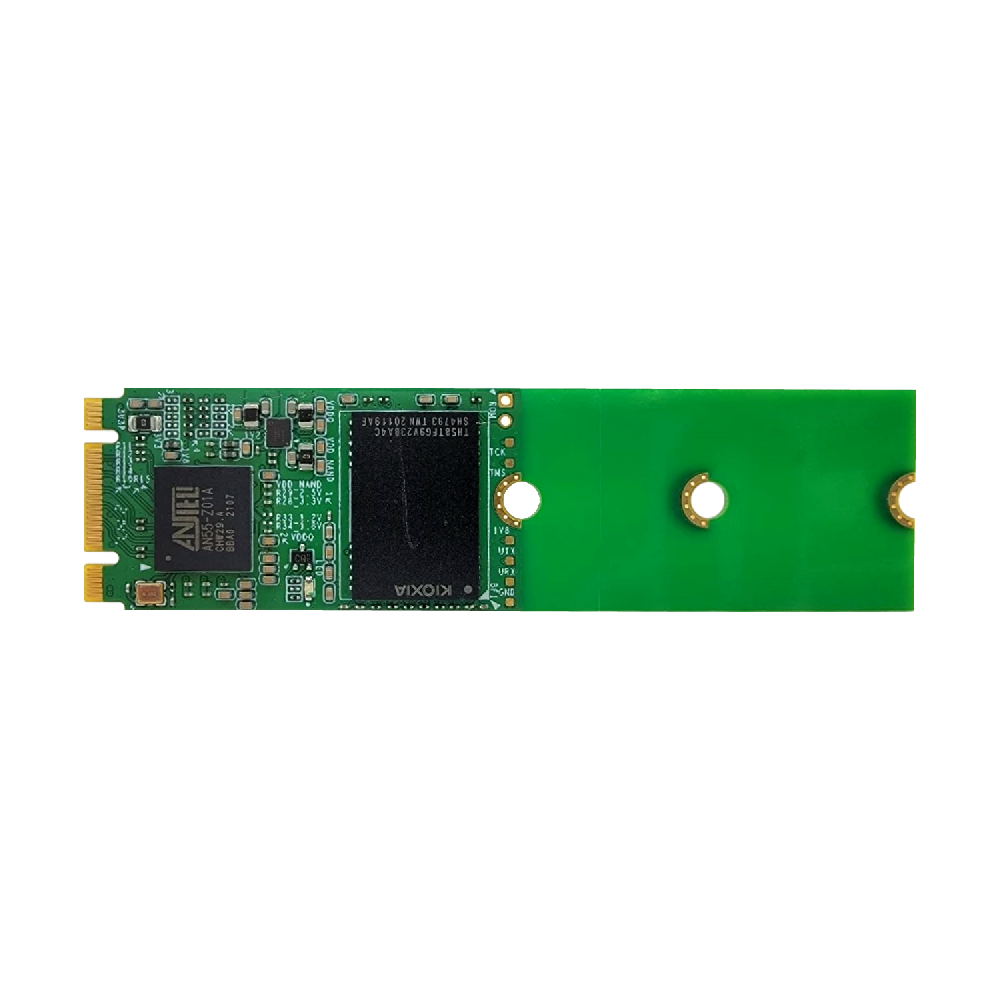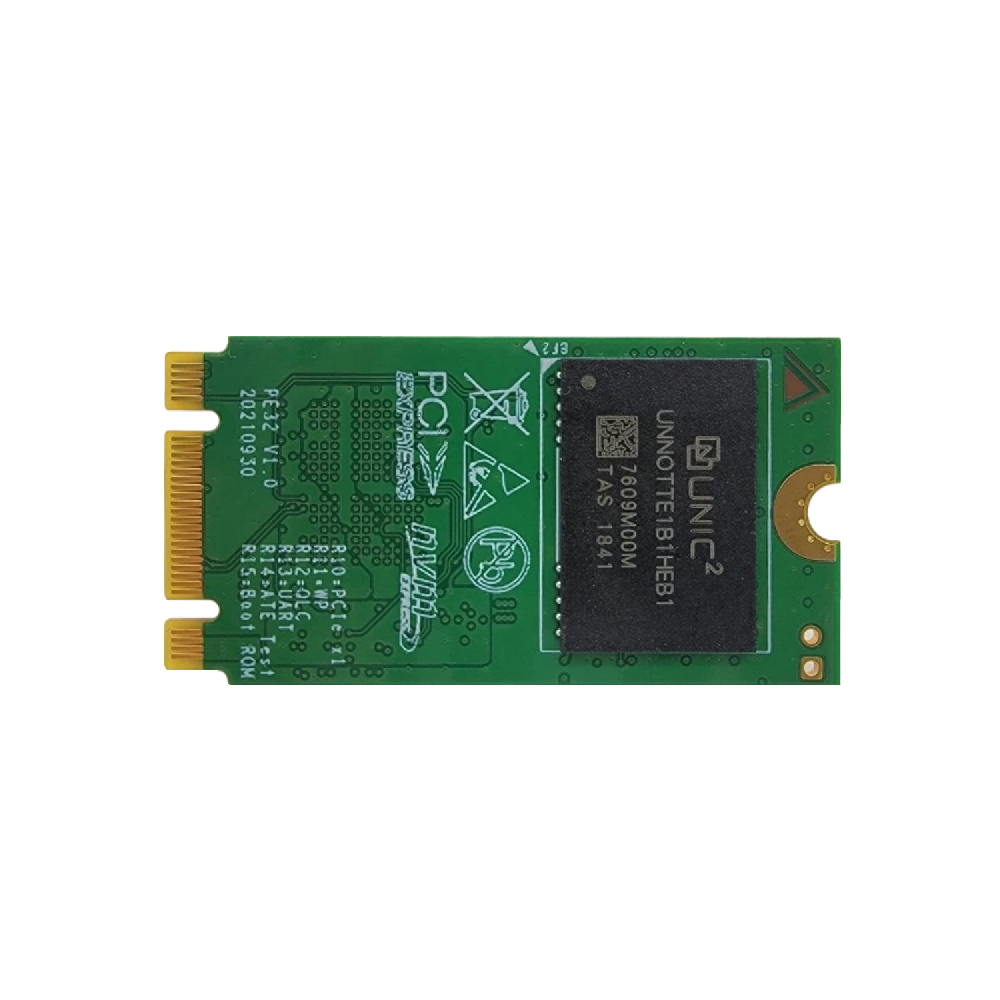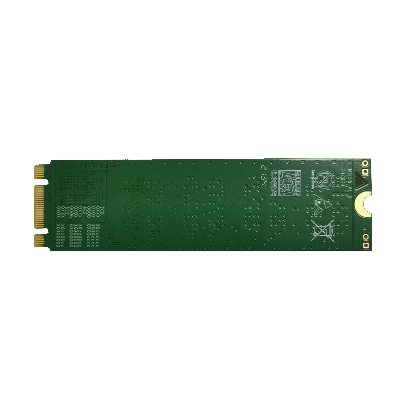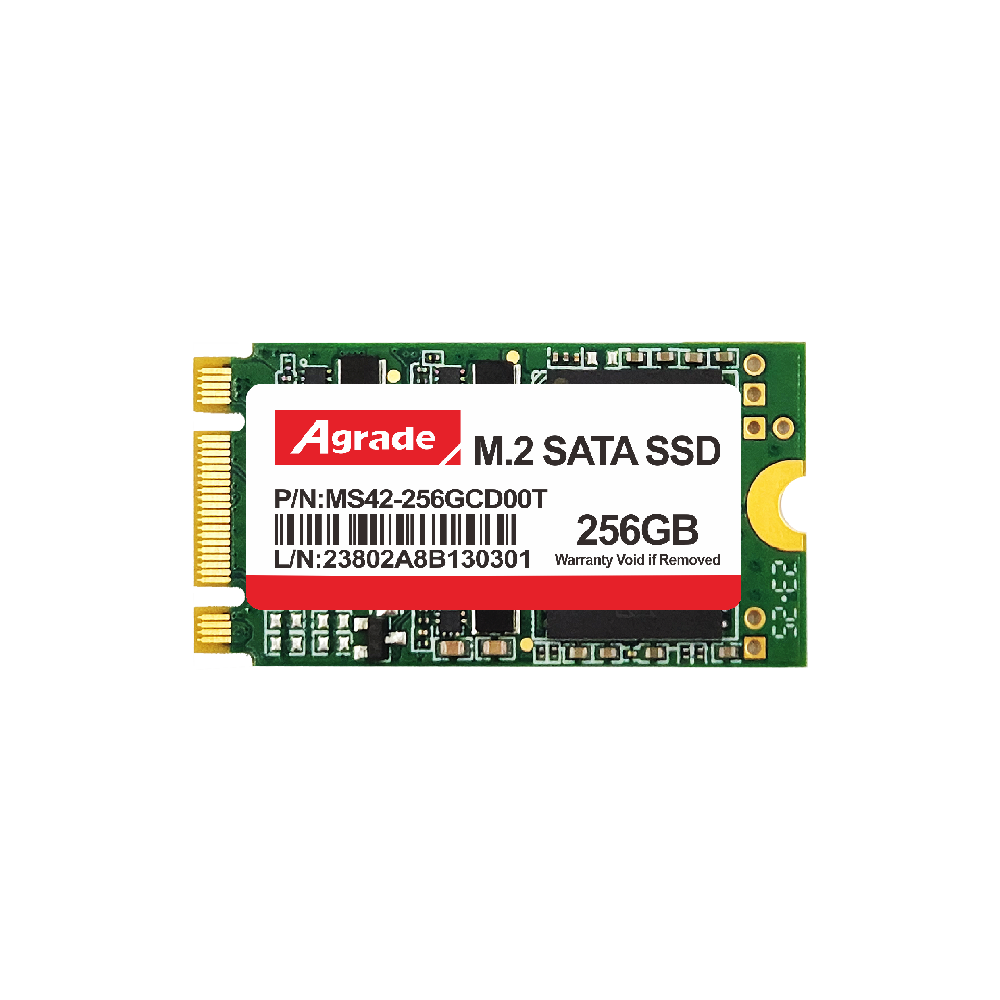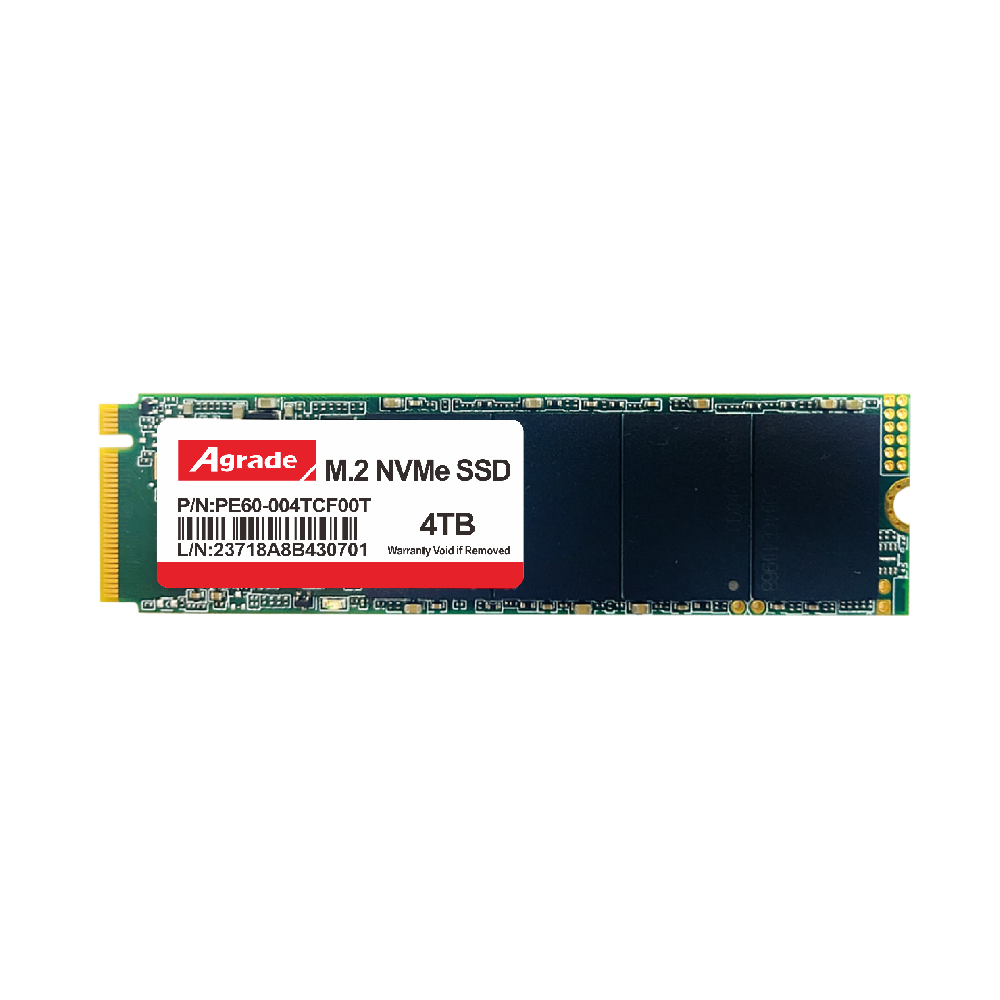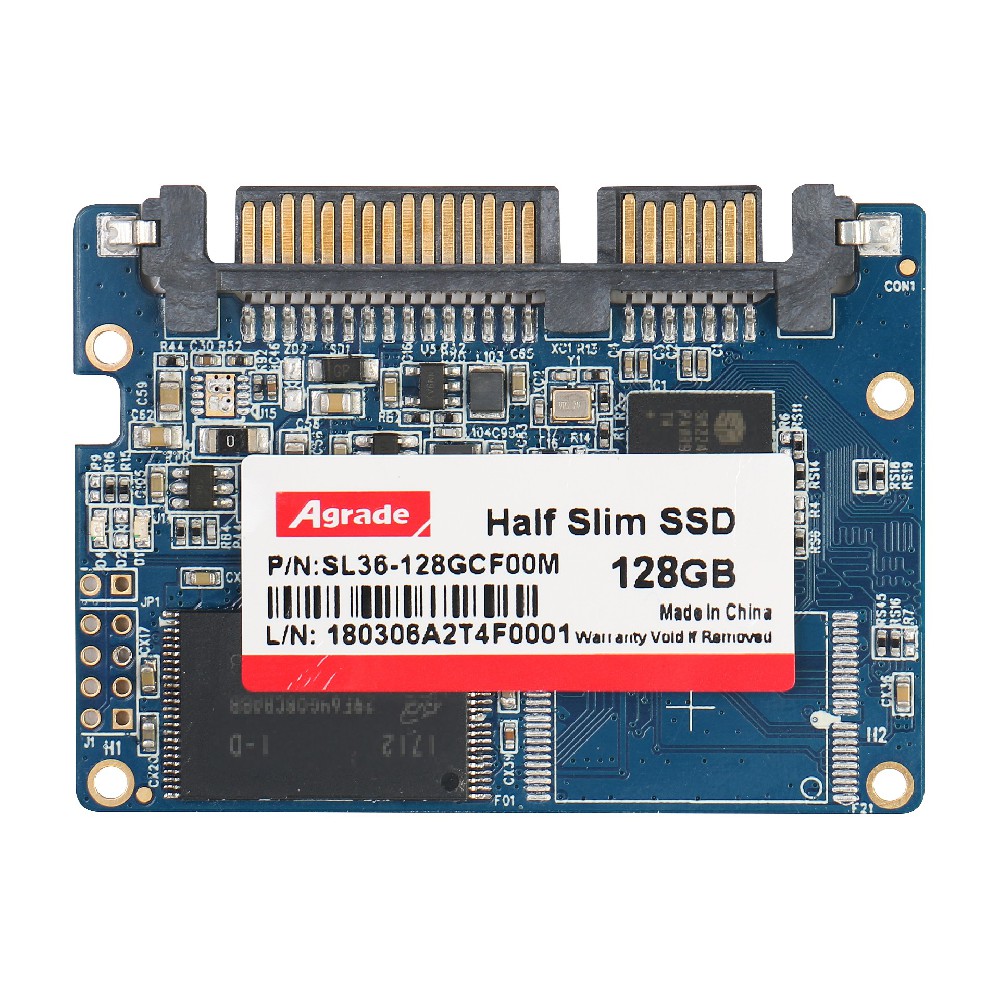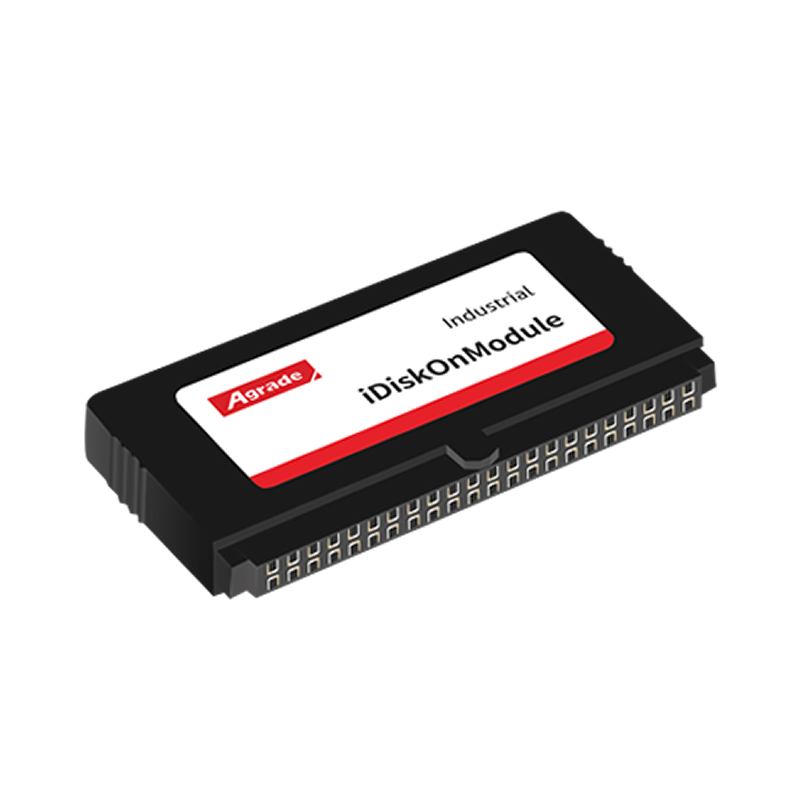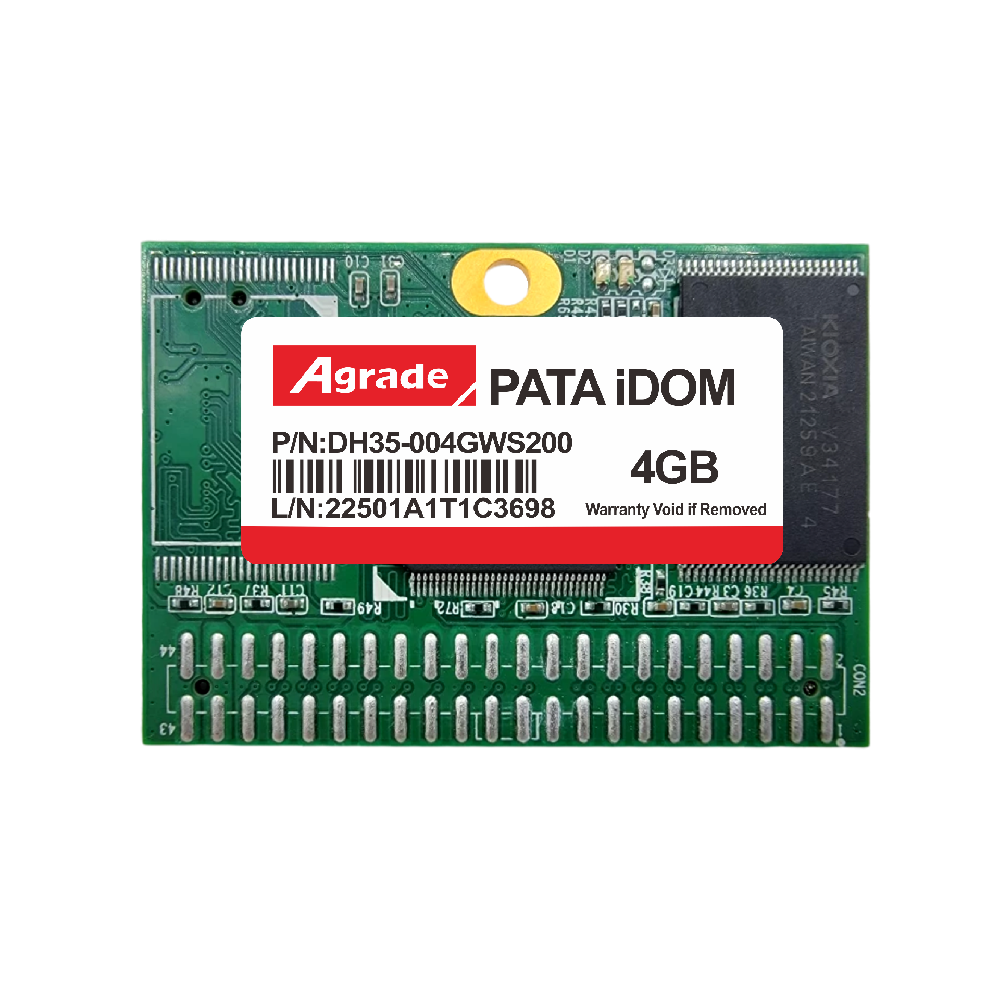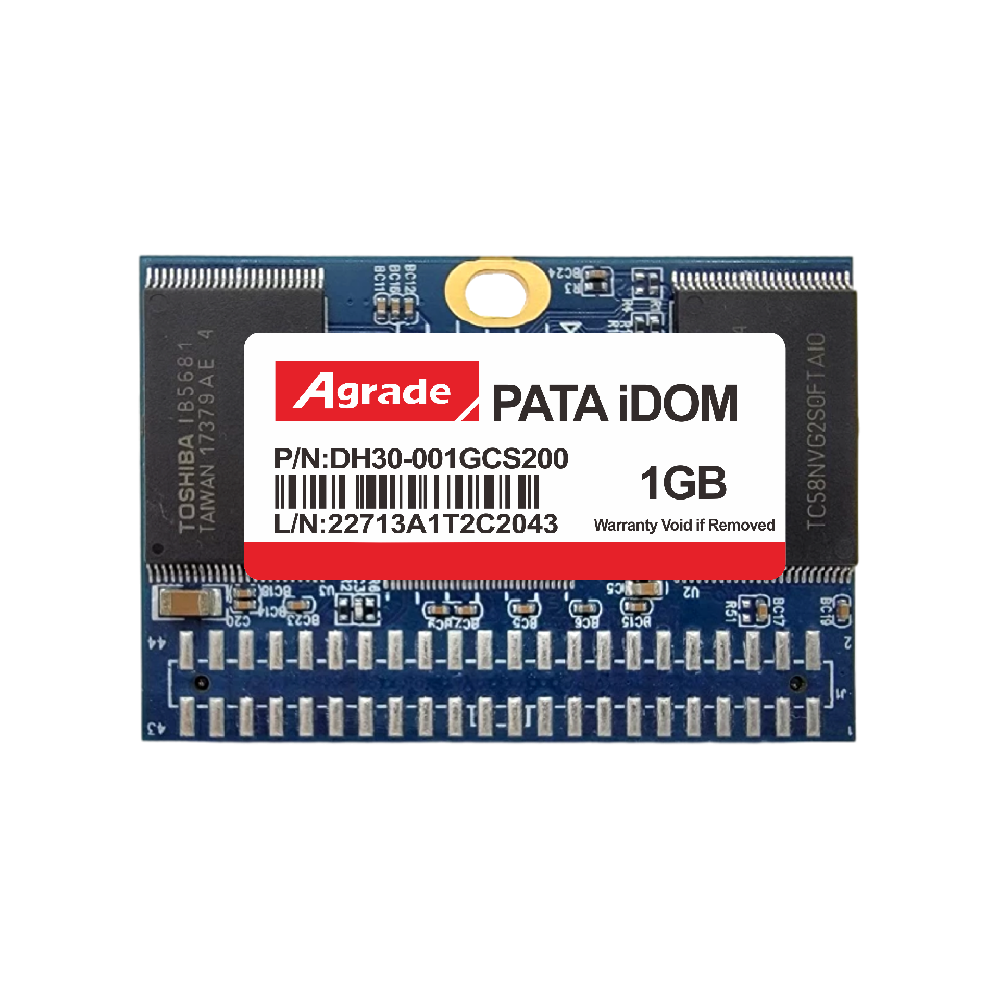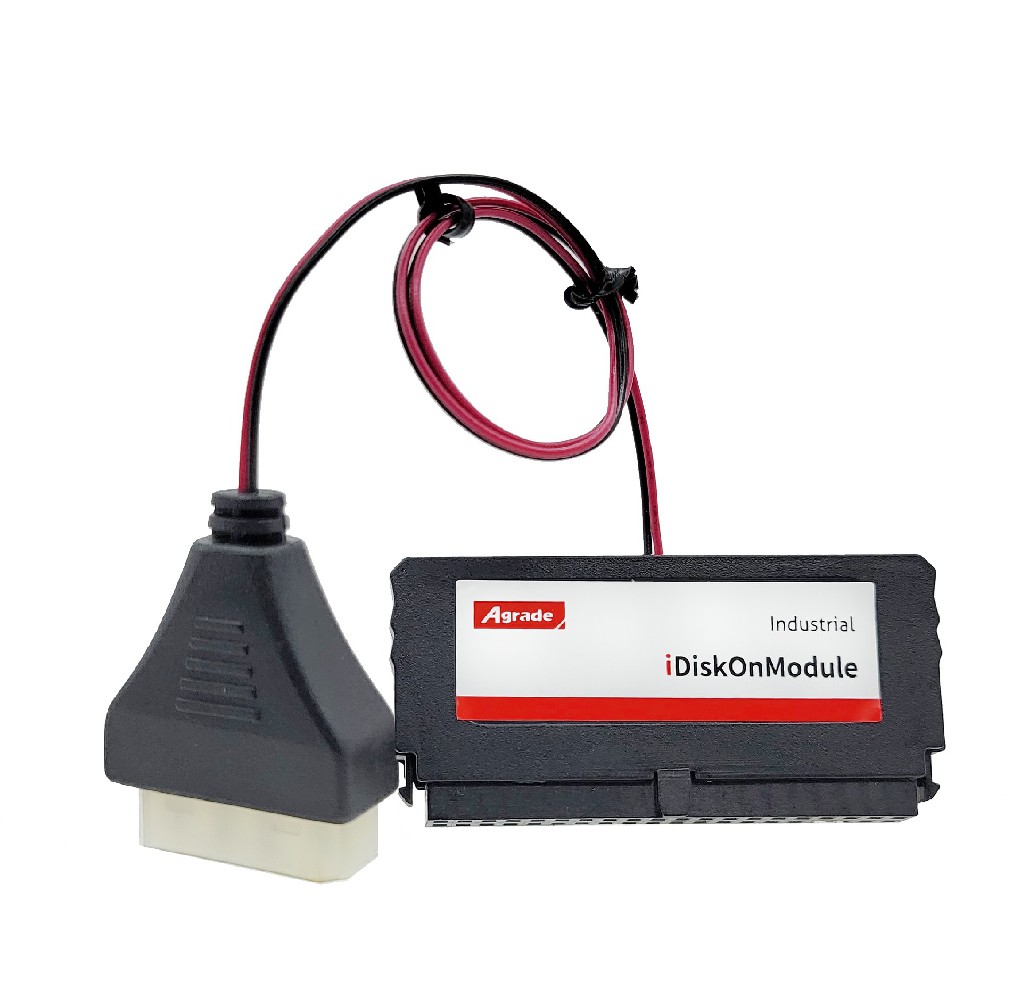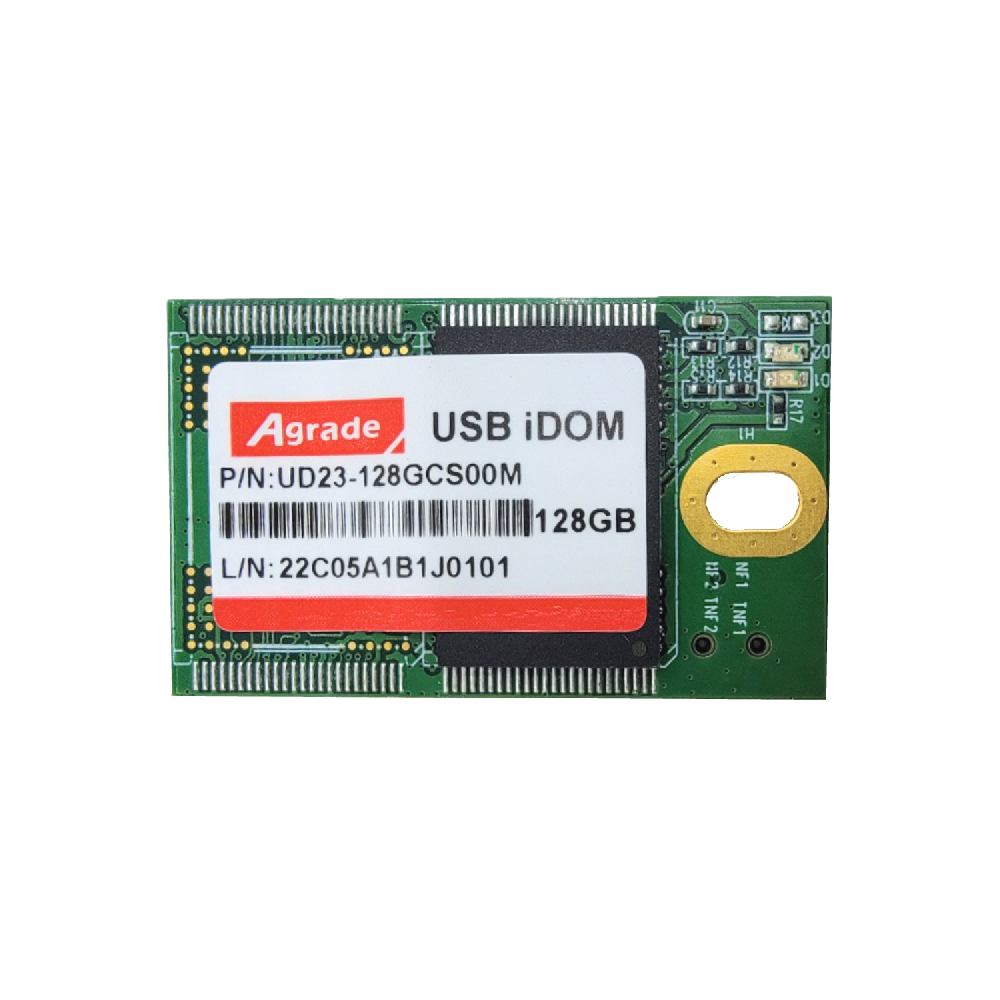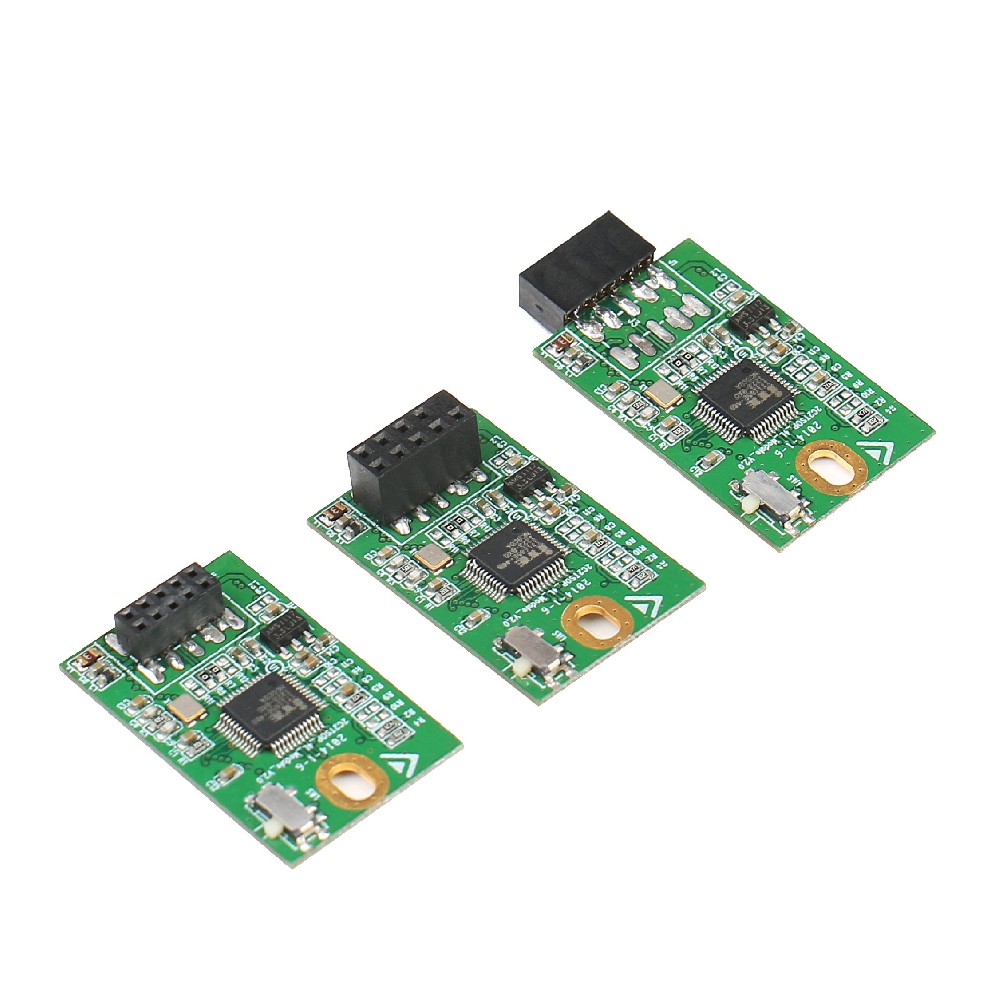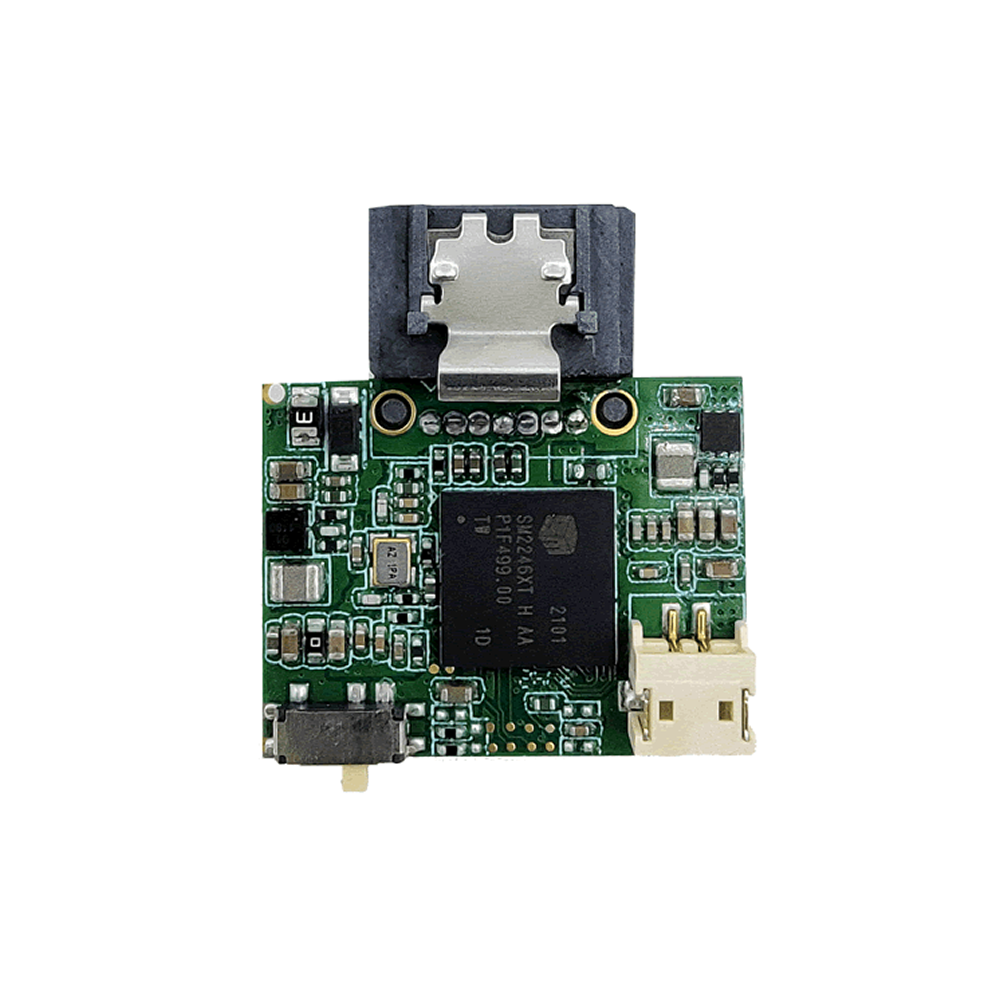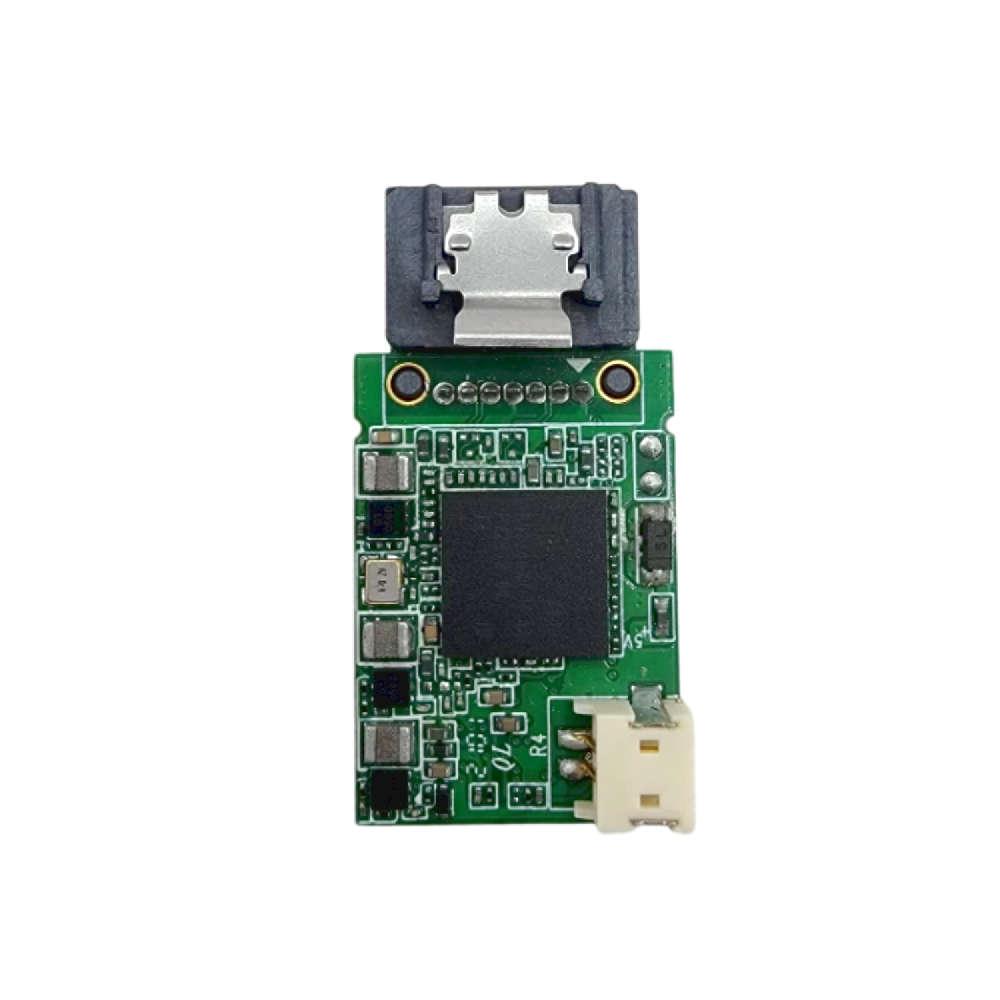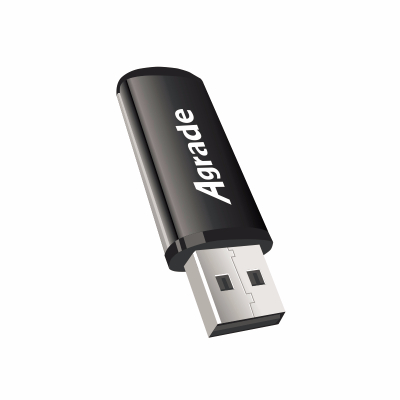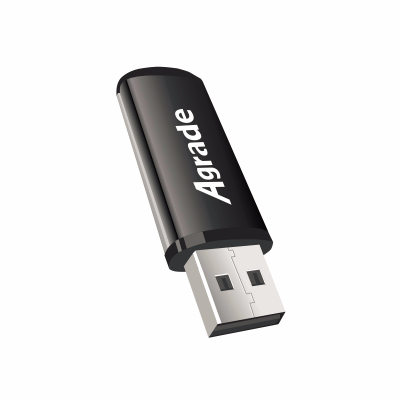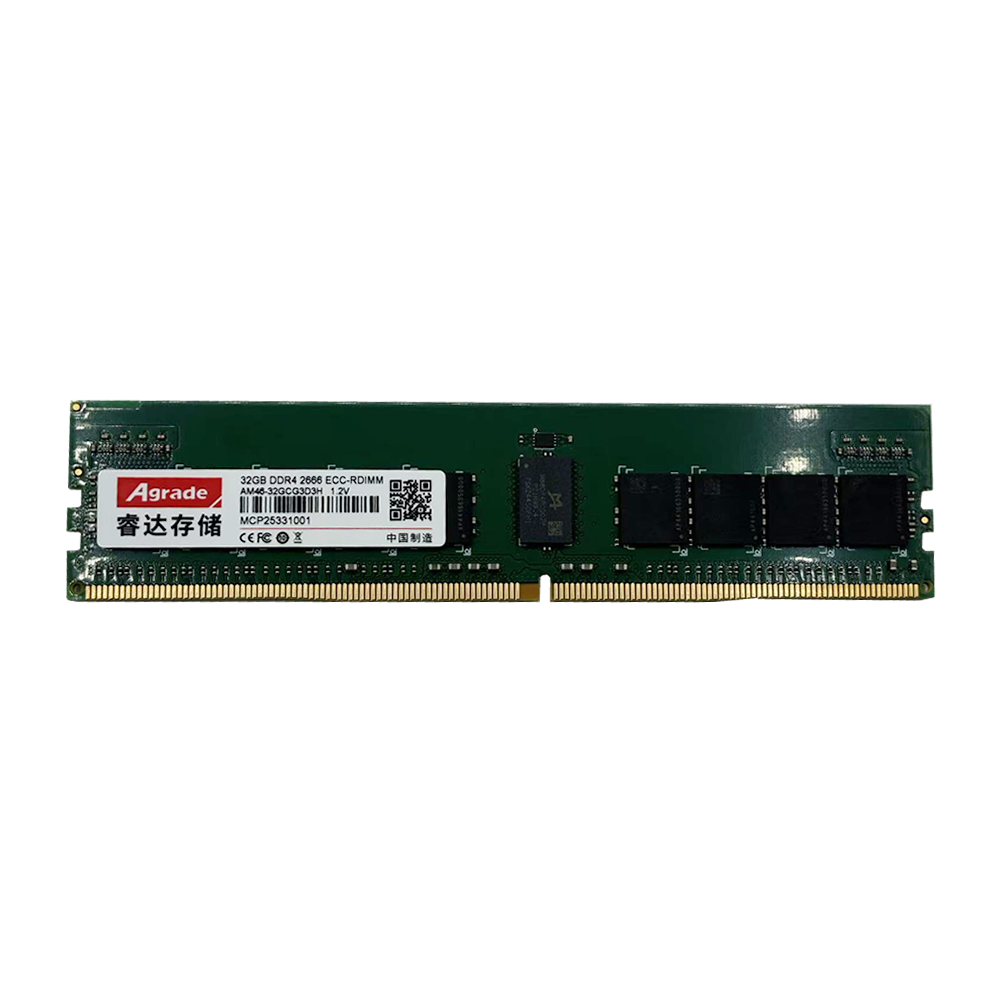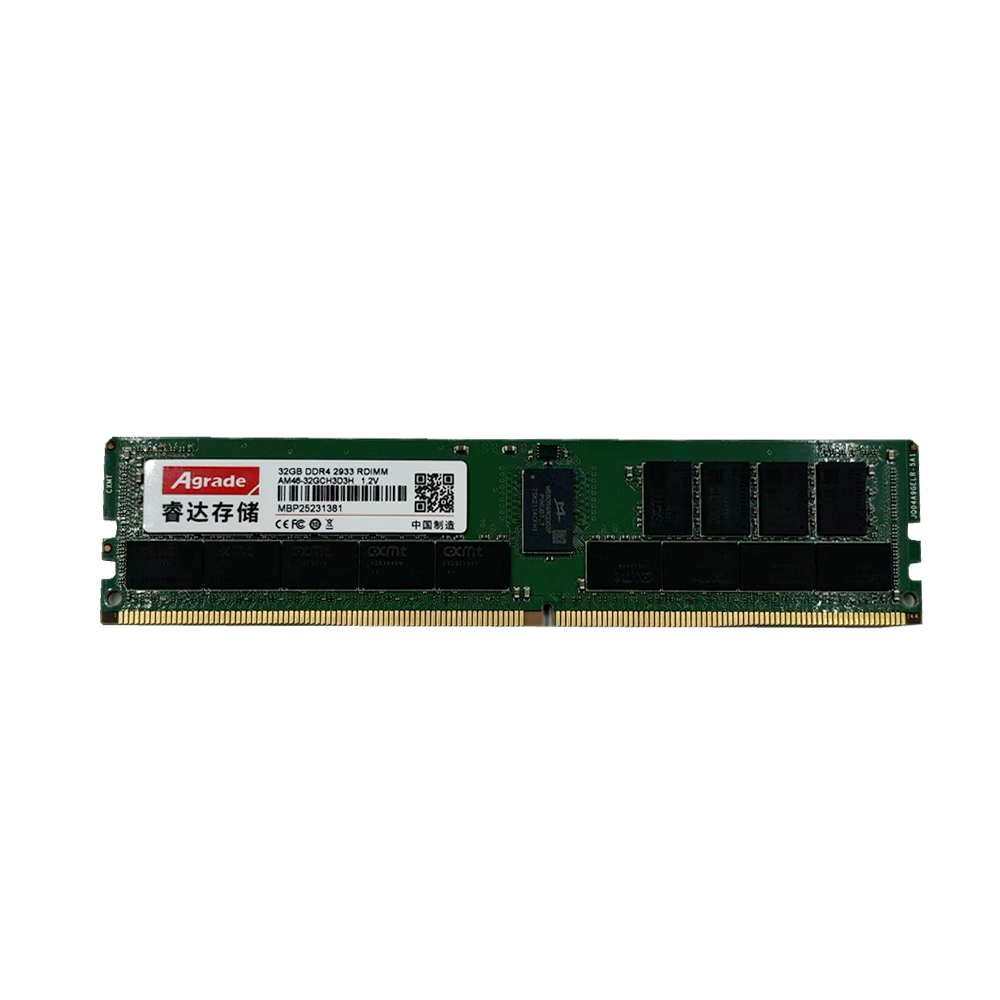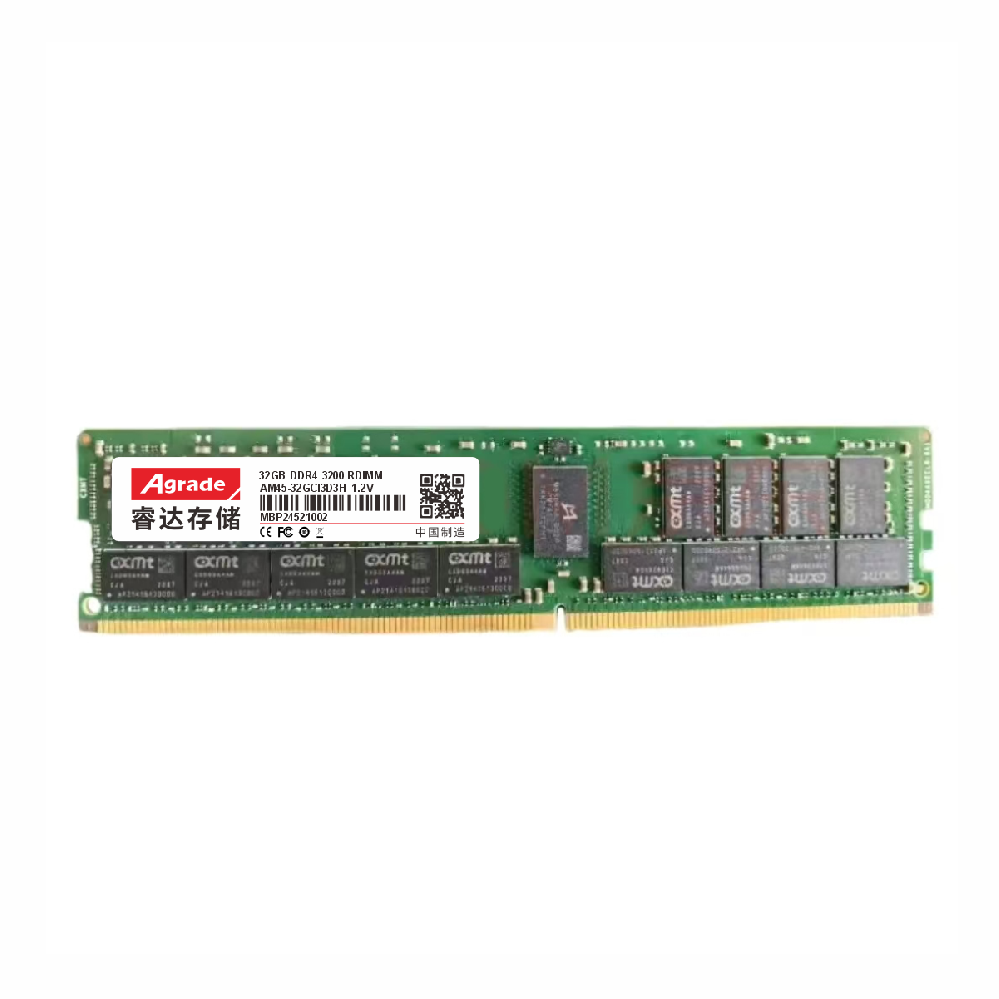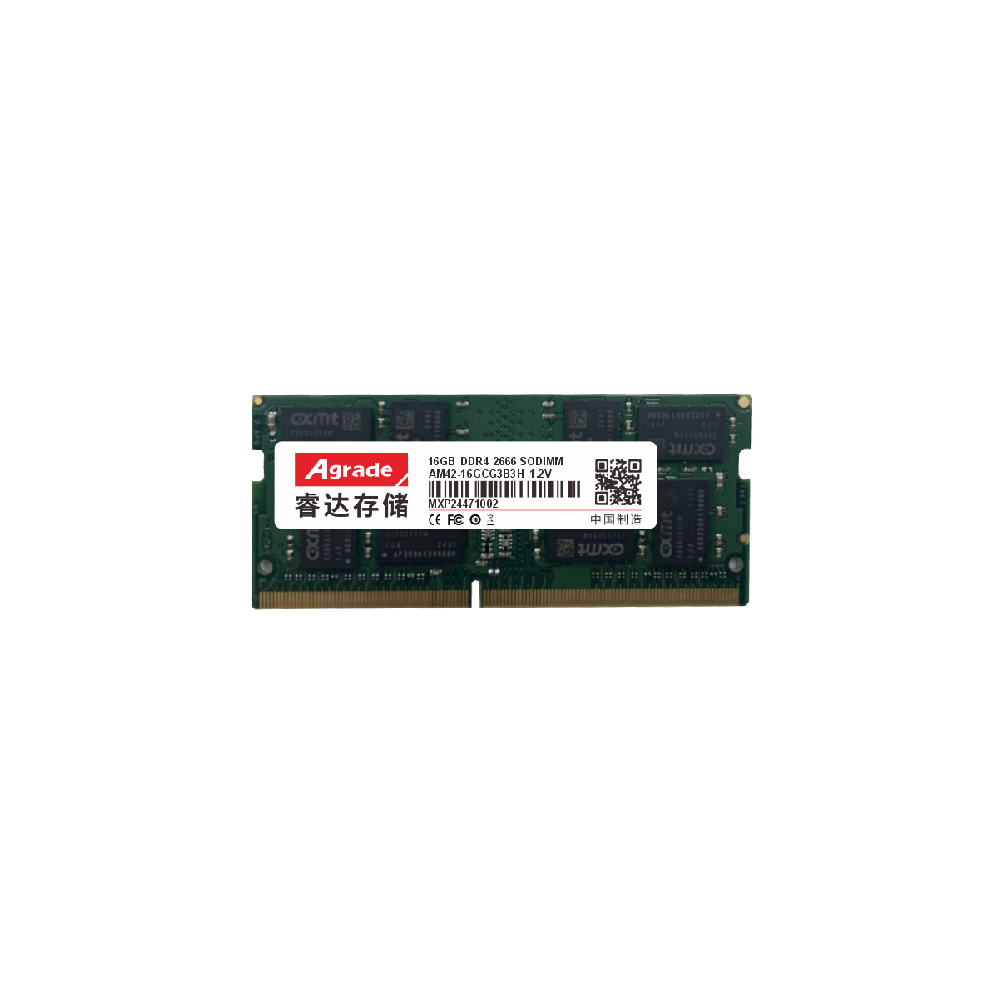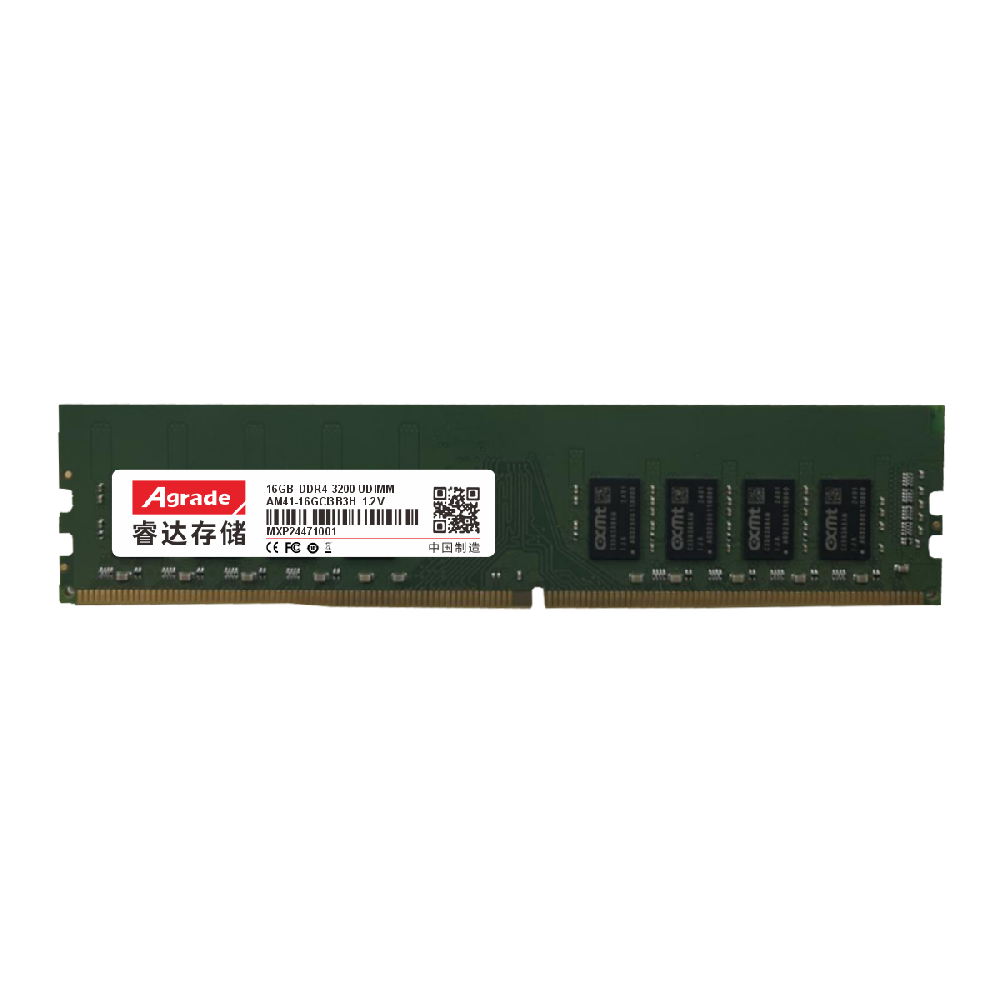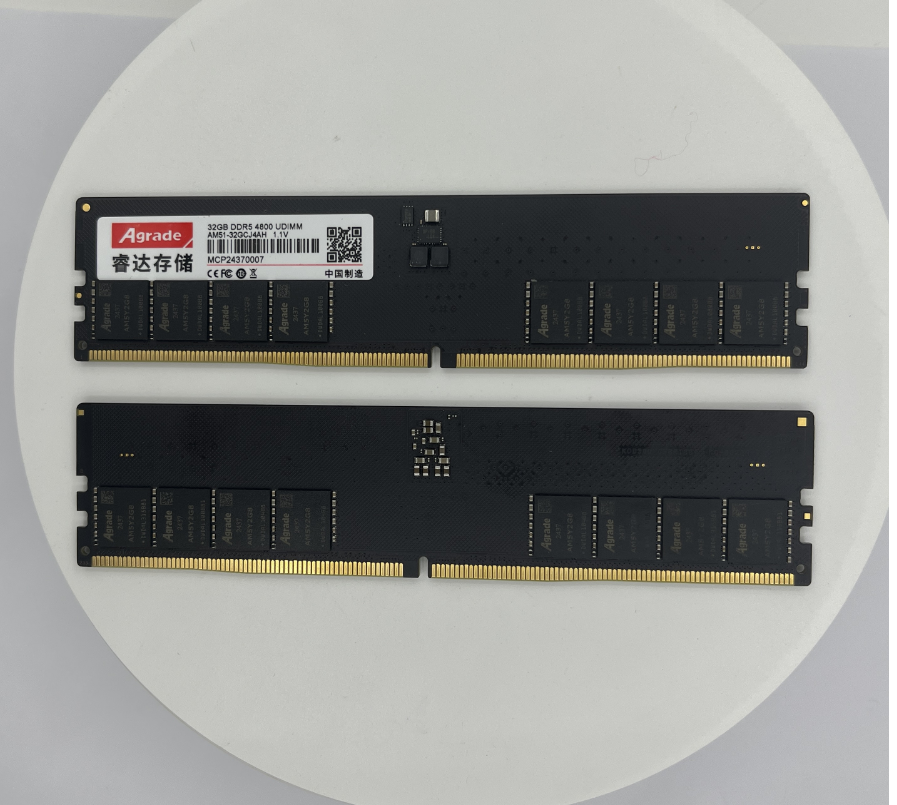

News
 电商部
电商部  2025-10-16 18:08:33
2025-10-16 18:08:33 Solid state drive cold backup: How often is it safe to power on?
In the field of data protection, cold backup, as an important data storage strategy, is widely used for long-term preservation of critical data. Solid state drives (SSDs) have become an ideal choice for cold backup due to their fast read and write speeds, strong shock resistance, and other advantages. However, for cold backup of solid-state drives, a key question is: how often does it take to power on to ensure data security and integrity?
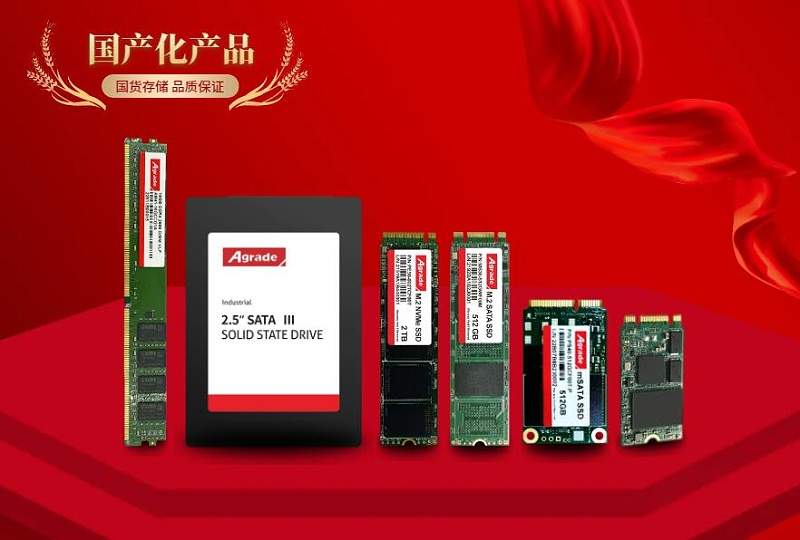
Firstly, we need to understand the working principle of solid-state drives. Solid state drives store data through internal flash memory particles, which may undergo changes in their internal charge state when not powered for a long time, resulting in data read errors or loss. Therefore, regularly powering on and activating electronics to ensure data stability is an indispensable part of solid-state drive cold backup.
So, how often is it appropriate to power on? This mainly depends on factors such as storage environment, type of solid-state drive, and temperature during data writing. Generally speaking, for consumer grade solid-state drives, it is recommended to power them on at least once within 6 to 12 months. This time range is not absolute, but based on empirical values obtained from a large amount of experimental data and industry standards. In practical operation, users should flexibly adjust the power on frequency according to their storage environment and needs.
It is worth noting that powering on is not only for activating electronics, but also for comprehensive inspection and data optimization of solid-state drives. During the power on process, the built-in disk inspection tool or third-party software of the solid-state drive can be used to verify and repair data, and promptly detect and solve problems. In addition, regular full disk data transfer or replication can further ensure the security and integrity of data.
In addition to regular power on, the cold backup of solid-state drives also needs to pay attention to the following points: firstly, the storage environment should be kept dry, avoiding physical collisions and high temperatures; Secondly, solid-state drives should be regularly replaced or upgraded to meet the demands of technological advancements and data growth; Finally, for particularly important data, multiple storage media and off-site backup strategies should be adopted to ensure data security in extreme situations.
In summary, the power on frequency of solid-state drive cold backup should be flexibly adjusted according to the actual situation, but it is generally recommended to power it on at least once within 6 to 12 months. Meanwhile, by combining a good storage environment and data management strategy, the data security and integrity of solid-state drive cold backup can be ensured.






